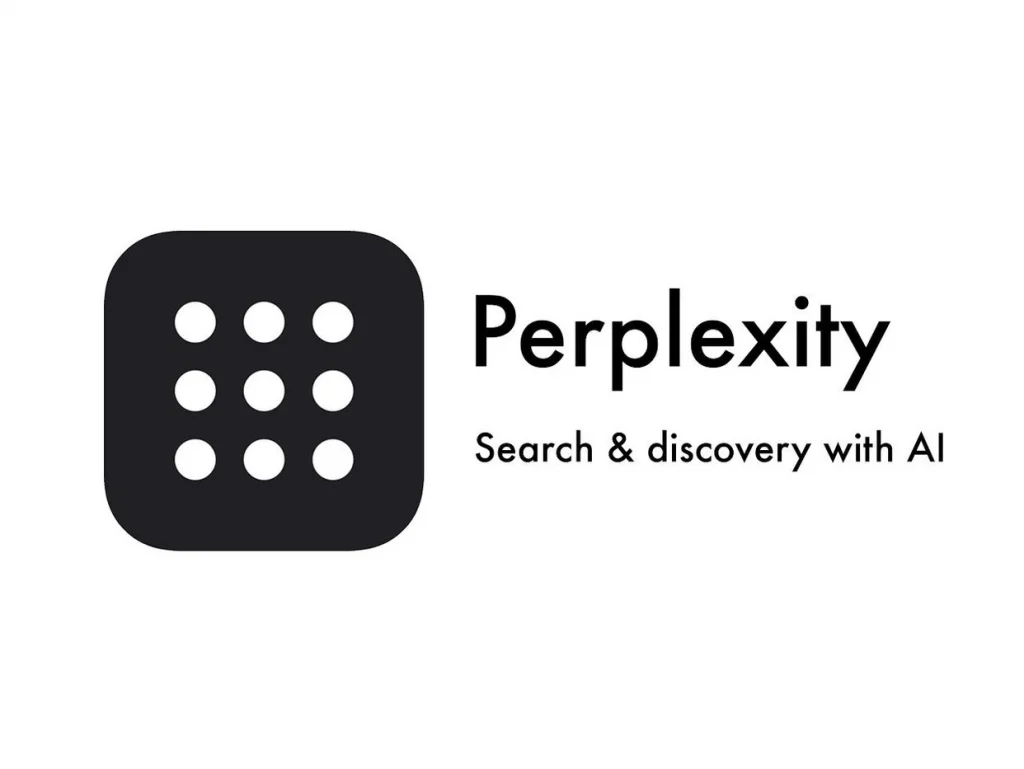- Perplexity AI delivers exceptional contextual understanding, enhancing user interactions significantly.
- Its personalisation capabilities make it a valuable tool across various industries, from healthcare to e-commerce.
Perplexity AI has garnered attention for its advanced features and capabilities, but is it truly a good solution for businesses and individuals? Let’s explore its strengths and potential drawbacks to determine if Perplexity AI lives up to the hype.
Strengths of Perplexity AI
Advanced contextual understanding
Perplexity AI stands out with its ability to maintain and utilise context throughout conversations including the field of human resources (HR) . This is particularly beneficial in customer service scenarios, where understanding the history of a customer’s interactions can lead to more effective and satisfying support.
Personalisation
One of the key features of Perplexity AI is its capacity for personalisation. By learning from user interactions, it can tailor responses to individual preferences, providing a more engaging and relevant experience. This is especially useful in industries like e-commerce, where personalised recommendations can drive sales and enhance customer loyalty.
Potential drawbacks
Resource intensive
Implementing and maintaining Perplexity AI can be resource-intensive. The development, training, and fine-tuning of such advanced AI systems require significant investment in terms of time, money, and expertise.
Privacy concerns
Personalisation relies heavily on data collection, which can raise privacy concerns. Businesses need to ensure robust data protection measures are in place to safeguard user information and comply with regulations.
Also read: Generative AI exists because of the transformers
Also read: Copilot: Introduction to Microsoft’s AI assistant
Further information
Definition of key terms:
- Contextual understanding: The ability of an AI to retain and utilise information from previous interactions to inform current responses.
- Personalisation: Customising interactions and recommendations based on individual user preferences and behaviour.
Pros and cons:
Pros:
- Enhanced user experience: Perplexity AI’s contextual understanding and personalisation capabilities significantly improve the quality of user interactions.
- Versatility: Its applicability across various sectors, including healthcare, customer service, and e-commerce, makes it a versatile tool.
- Continuous learning: The AI’s ability to learn from ongoing interactions ensures it remains up-to-date and effective.
Cons:
- High development costs: The resources required to develop and maintain Perplexity AI can be substantial, potentially limiting its accessibility for smaller businesses.
- Data privacy: The need for extensive data collection for personalisation raises important privacy and security considerations.
Personal opinion
Perplexity AI offers significant advantages with its advanced contextual understanding and personalisation capabilities. While it requires considerable resources and careful handling of privacy issues, its potential to enhance user interactions and operational efficiencies makes it a valuable asset in the AI landscape.
Perplexity AI’s ability to deliver meaningful and personalised interactions marks a substantial leap forward in AI technology. As we navigate the complexities of integrating AI into various aspects of our lives, technologies like Perplexity AI promise to make our interactions with machines more intuitive and satisfying. Embracing this innovation could lead to more connected and responsive digital experiences, benefiting both businesses and users alike.

